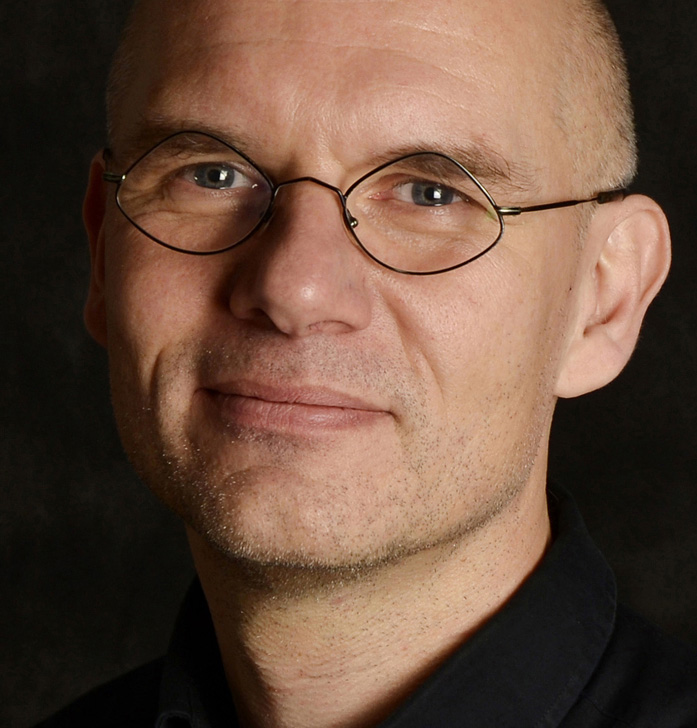
Project heads:
Prof. Dr. Ralf Kornhuber
/
Dr.-Ing. Stefan Zachow
Project members:
Dr. Jonathan Youett
Duration: 01.06.2017 - 31.12.2018
Status:
completed
Located at:
Freie Universität Berlin
Project heads:
Prof. Dr. Ralf Kornhuber
/
Dr.-Ing. Stefan Zachow
Project members:
Dr. Jonathan Youett
Duration: -
Status:
completed
Located at:
Freie Universität Berlin
Project heads:
Hon.-Prof. Hans-Christian Hege
/
Dr. Martin Weiser
/
Dr.-Ing. Stefan Zachow
Project members:
Dennis Jentsch
Duration: -
Status:
completed
Located at:
Konrad-Zuse-Zentrum für Informationstechnik Berlin
Project heads:
Dr. Martin Weiser
/
Dr.-Ing. Stefan Zachow
Project members:
Marian Moldenhauer
Duration: -
Status:
completed
Located at:
Konrad-Zuse-Zentrum für Informationstechnik Berlin
Project heads:
Dr. Rainald Ehrig
/
Dr.-Ing. Stefan Zachow
Project members:
-
Duration: 01.06.2014 - 31.05.2017
Status:
completed
Located at:
Konrad-Zuse-Zentrum für Informationstechnik Berlin
Project heads:
Dr.-Ing. Stefan Zachow
Project members:
-
Duration: 01.10.2014 - 31.01.2019
Status:
completed
Located at:
Konrad-Zuse-Zentrum für Informationstechnik Berlin
Project heads:
Dr. Hans Lamecker
/
Dr.-Ing. Stefan Zachow
Project members:
Dr. Anirban Mukhopadhyay
Duration: 01.10.2014 - 30.09.2019
Status:
completed
Located at:
Konrad-Zuse-Zentrum für Informationstechnik Berlin
Project heads:
Dr.-Ing. Stefan Zachow
Project members:
-
Duration: 01.03.2015 - 31.01.2019
Status:
completed
Located at:
Konrad-Zuse-Zentrum für Informationstechnik Berlin